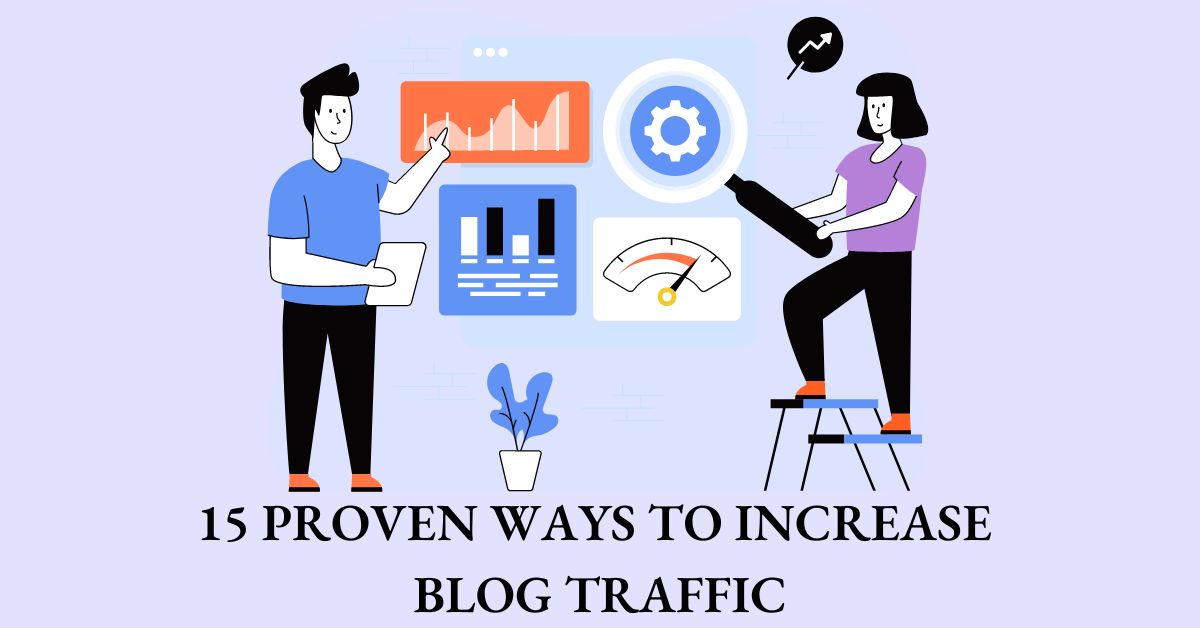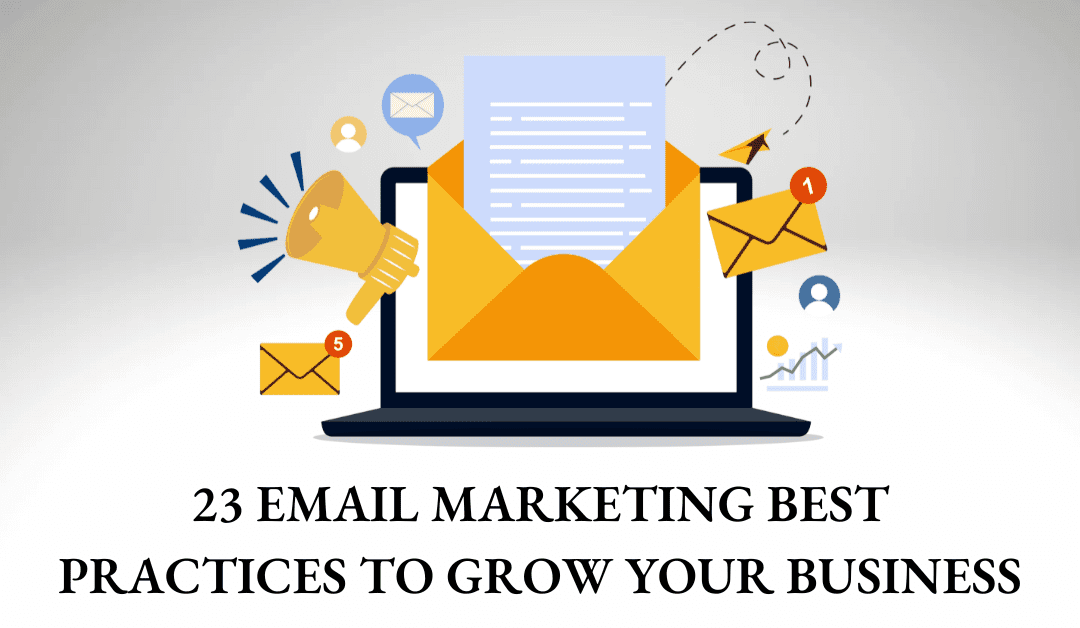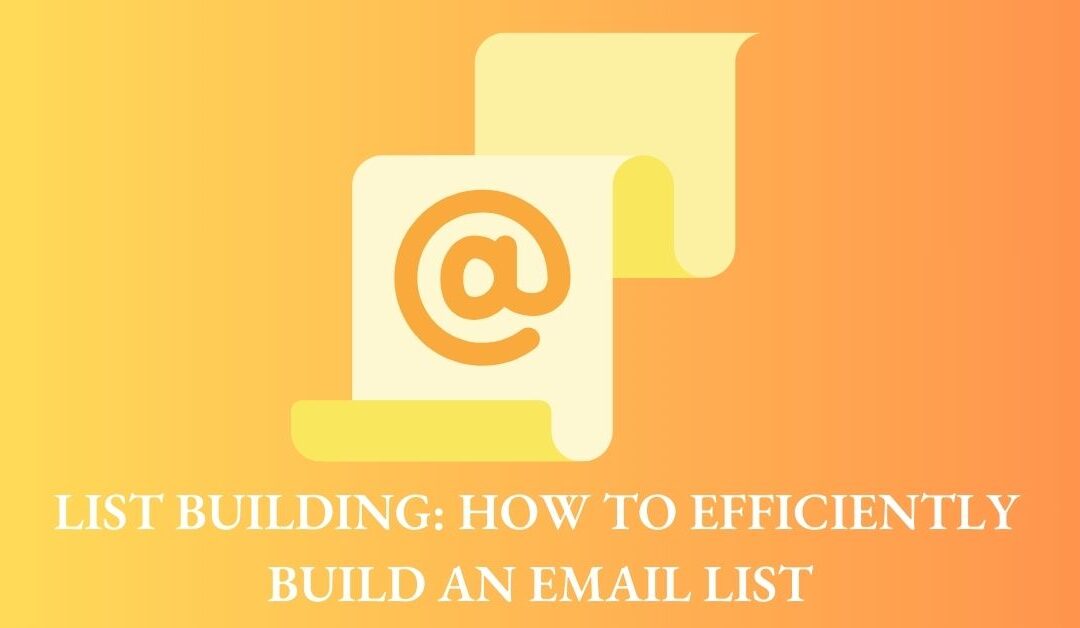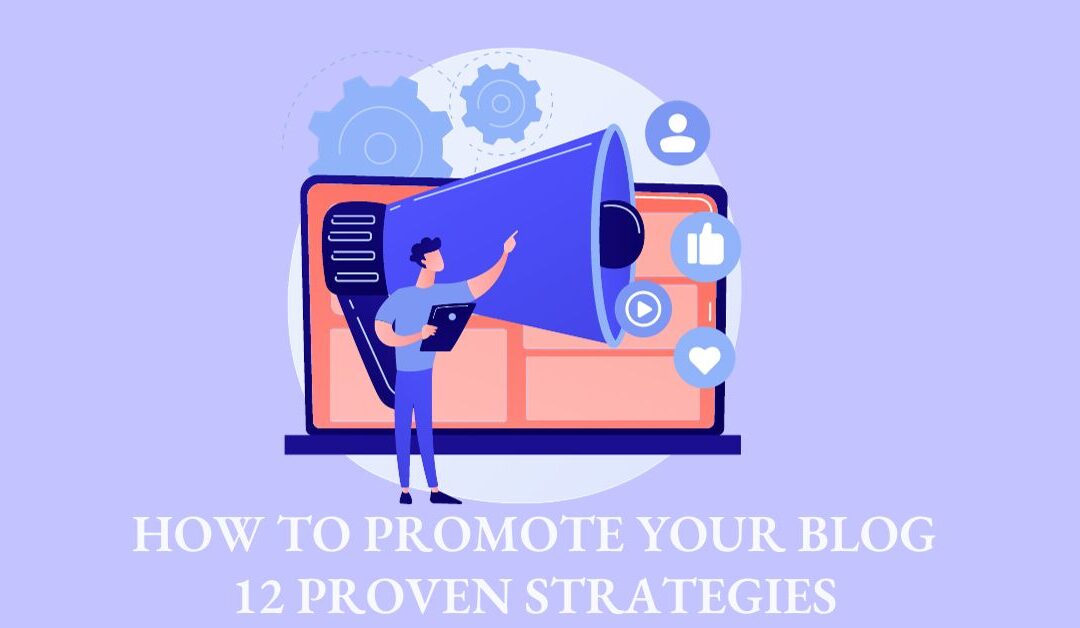You may be a great content writer and want to share your valuable knowledge with readers through a blog. But starting a blog is not sufficient to generate passive income. Attracting readers and increasing traffic is critical to monetizing your blog. Without organic traffic, you cannot achieve your goals, and all your efforts will fail. Therefore, to increase blog traffic, it is critical to follow the right strategy and steps.
Why Is It Important to Increase Blog Traffic?
There are several benefits of increasing blog traffic, some of which are:
Income Generation Through Multiple Ways
With an increase in blog traffic, opportunities to generate income also increase. The growing number of visits allows you to explore new avenues of income, such as:
- Selling space on your blog for advertisements.
- Using affiliate marketing.
- Offering sponsored posts and reviews.
- Selling Ebooks.
- Creating Online Courses.
Boost in SEO Rankings
Google ranks valuable resources higher in search engine result pages (SERPs). And to assess the value of a webpage or a blog post, Google considers the amount of traffic it generates. Therefore, driving more traffic to a blog will boost your SEO rankings, and your blog posts will rank higher in SERPs.
Growth in Audience Base
Whether you are an affiliate marketer or running a blog as part of your online store, growing your audience base is critical for sustenance. More blog traffic means you are reaching more people and increasing your followers, subscribers, and readers.
Steps To Increase Blog Traffic
1. Choose the Right Topics
Take out some time and learn about the demographics of your target audience, such as their age, gender, location, occupation, education level, interests, etc. Identifying your target audience helps you understand their concerns, questions, and problems to better address their needs. Choosing the right topics that address the problems and questions of your target audience allows you to reach a wider audience base.
Choosing the right topics requires you to:
Identify Your Target Audience
Take out some time and learn about your target audience’s demographics, including their age, gender, location, occupation, education level, interests, etc. Identifying your target audience help you understand their concerns, questions, and problems, to better address their needs. Choosing the rights topics that address the problems and questions of your target audience allows you to reach a wider audience base.
Do Keyword Research
Keyword research helps you discover keywords and phrases searchers use to find content on Google and other search engines. Without keyword research, you may end up using the wrong keywords that are either too competitive or no one is using them for search. As a result, your content will not rank in Google. It is, therefore, critical to do keyword research and discover keywords that generate traffic.
Several keyword research tools are available online to learn about the number of monthly searches for specific keywords. I recommend using these tools to determine how easy or difficult it would be for a keyword to rank in search results. SEMrush and Ahrefs are two good keyword research tools you can try.
To get detailed knowledge about the best keywords to include in your blog, you can check out SEMrush’s Guide to Keyword Research.
For those looking for more affordable keyword research tools, Serpstat and SpyFu can be good options.
Please remember it is not only the body and title of the post that should have keywords but your meta description and headers should also include them for SEO optimization and to increase blog traffic.
2. Write Great Content
The topmost feature of your blog that will ensure consistent traffic is the quality of content. Readers will only become followers if they find the content valuable and engaging. Unfortunately, you may not be good at expressing and communicating with others even with the knowledge and expertise. Therefore, learning to write great content or hiring a freelance writer is critical.
Not only does the quality of content matter, but it also matters how you communicate with your readers. Your writing should reflect your personality to make your readers feel connected. It is human psychology that we follow those who we admire and like. So, the key to writing great content is to write it passionately. Each word of your writing should reflect who you are.
Therefore, produce quality content if you want to drive traffic to your blog.
You can also use Surfer, a popular tool for creating and optimizing quality content. It is not only for people but also for search engines.
3. Create Long-form Content
Data suggests that long-form content gets more traffic as compared to short-form content. Long-form content has a high word count, covering the topic deeply. In addition, long-form content generates more traffic because they rank higher in search results.
Long-form content ranks higher, and it is because of the following prime reasons:
They are keyword rich: The higher the word count is, the more keyword-rich the content is. So, blog posts that are keyword-rich rank higher in search results.
They get shared often: Long-form content is in-depth in nature. Almost every aspect of the topic is covered, increasing the reader’s satisfaction. Satisfied readers are likely to share your content on various platforms. Ultimately, the content will rank higher in search results and attract more traffic.
However, there is a fine line between long-form content and lengthy content. Although long-form content attracts more traffic, you should not make it unnecessarily long. Anything between 2000-3000 words is a good length post.
4. Keep Content Fresh and Updated
Search engine optimization is the most stressed phrase I have encountered as a blogger. The internet is full of articles emphasizing the importance of SEO. SEO ensures your content ranks higher in search engine results. One aspect of SEO is to keep your content fresh and updated at all times. I have discussed SEO in more detail in my article here.
Fresh content does not mean you must produce new posts every other day. It means your posts must always be up to date. Although, you need to add posts periodically to have more keyword-rich content to be ranked higher in search results. I write new posts only when there is more to discuss. However, I regularly update my posts to incorporate the latest information, technology, or tool.
Fresh and updated content influences Google’s ranking algorithm. For example, if multiple authors post multiple posts on the same topic, Google will likely rank the most recent post higher than older posts. Therefore, keep your content fresh and updated to increase blog traffic.
5. Incorporate Images in Your Posts
Images add value and authority to your post. At first, it may sound a little strange that images help generate traffic, but once you have gone through the reasons described below, you will think twice before adding them to your posts.
Images help understand steps and procedures: If your post is about using a particular tool or a product, the reader might leave your blog if there is no illustration in your content. In addition, your readers are most likely beginners with little knowledge of the topic. Therefore, visual aids or images will make complex concepts simple and easy to understand.
Image shows up when a post is shared: Whenever a post is shared, it appears along with the featured image. Therefore, having an attractive and appealing image increases the chances of people clicking through to your blog.
Images can be optimized: You can add keywords to the images’ filename, caption, and alternate text. Because of this, the search engines will know about your content, making your content rank higher in relevant search results.
Two great tools for making eye-catching images for enhanced online exposure are Canva and Visme.
Considerations about blog images
You need to consider two things when adding images to your blog post.
Avoid adding heavy pictures: The file size of images plays a crucial role in page loading times. If your post comprises large images, it will take longer to load. Search engines prioritize fast-loading pages over slow-loading pages, so fast-loading pages rank higher in search results.
Use royalty-free images: Using an image with copyrights may cost you hundreds of dollars in fines. Therefore, please remember you should use only royalty-free images in your blogs. Luckily, many sites offer royalty-free images to be downloaded for free, such as Unsplash, Pixabay, Pexels, and Shutterstock.
6. Optimize Blog Posts for Readers
Not all bloggers pay attention to optimizing posts for readers. Optimize the posts for readers to increase the chances of content sharing. It would also ensure that the readers would come back. The most critical factors to consider when aiming to make your blog posts optimized for readers are:
Make the content simple and straightforward
The readers are not as knowledgeable in the niche as you think they are. Therefore, the content should be straightforward and easy to understand to grab the reader’s attention. Unfortunately, many bloggers use too many complex terms with which the readers are unfamiliar.
Use attractive and readable fonts
A good blog post has catchy and big fonts that are easy to read. The readers may leave the site if the font is too small.
The blog posts should load fast
It is frustrating for readers to wait for the blog to upload. Fast-uploading posts attract more traffic than slow-loading blogs. You can use Nitropack to reduce the load times of pages.
Easy-to-navigate design
A blog or website should be easy to navigate. A blog post cluttered with too many links or images makes navigating difficult. It may cause a lack of interest, and the readers might not revisit the site or blog.
7. Build An Email List
For driving traffic to your blog, it is critical to build an email list of readers or subscribers. Email marketing plays a vital role in a consistent flow of traffic. You should regularly send e-newsletters whenever you publish a new post on your site or offer something new regarding a service, tutorial, or product.
The best way to capture the email addresses of visitors is to have a pop-up sidebar on each post where people can join your mailing list. I recommended you mention the benefits of joining the email list but keep it short and comprehensive. The purpose of highlighting the benefits is to encourage people by telling them what they will achieve, such as skills, information, exclusive services, and exclusive deals.
However, be careful while using pop-ups, as they can negatively affect your search traffic. In addition, frequent pop-ups are frustrating, and visitors may leave the page.
Email Marketing Tools
Several email marketing tools are available online for creating, sending, testing, optimizing, and reporting email campaigns. Some tools that you can use are:
Getresponse: Getresponses is a powerful tool for website building, email marketing, and market automation.
AWeber: AWeber is another tool that allows the segmentation of subscribers to send emails relevant to their needs.
Moosend: Moosend is a popular platform for creating professional email campaigns, segmenting subscribers, automating marketing, and tracking success.
Mailigen: Mailigen is a drag-and-drop email builder that allows multi-user accounts. It enables multiple users to log in to the same account and perform tasks according to their permission level.
ConvertKit: ConvertKit is a marketing tool that designs, markets, and automates emails. It also helps grow an audience through landing pages and email sign-up forms.
ActiveCampaign: ActiveCampaign is a versatile email and SMS marketing and automation tool.
Brevo(formerly Sendinblue): Sendinblue is another effective email and SMS marketing tool that enables you to set up a chatbox to chat with your customers whenever they have a query while browsing the site.
Constant Contact: Constant Contact is a tool for building mobile-optimized websites, email marketing, and social media marketing, all in one place.
8. Use Social Media Platforms
Presence on social media platforms helps drive traffic to your blog and gain a competitive advantage. Share your posts across social media platforms to reach more people and engage with them in real-time. However, choose the platforms carefully based on your niche. For example, LinkedIn is suitable for marketing-related blogs, while Instagram and Facebook are ideal for fashion blogs.
9. Encourage Readers to Share Your Content
The more your blog’s content is shared across multiple social media platforms, such as Twitter, Pinterest, Facebook, Google+, LinkedIn, and WhatsApp, the more traffic your blog will receive. I always request my readers to share the content on social media. By encouraging your readers to share content on social media, you will increase blog traffic, and the search engines will also learn about your posts’ popularity.
A great way to encourage readers to share your posts is to include social sharing buttons. Several tools allow you to add social sharing icons on different parts of your website or blog, such as Novashare.
10. Promote Comments and Reader Engagement
I recommend putting a comment section at the end of each blog post because of the following reasons:
Comments create keyword-rich content: When readers comment on your post, the content becomes keyword-rich, ranking the post higher in search results.
Return visits increase: Comments result in discussions that make the readers revisit the page.
Comments may influence the Google search algorithm: Some SEO experts believe Google prioritizes blog posts that generate discussions over posts without comments.
11. Build Back Links to Your Blog Posts
Building bank links is critical in ranking your post higher in search results. Although, it is hard to get backlinks as they require reaching out to blog/website owners, requesting them to insert links to your post in their content. But it payoffs big in terms of an increase in traffic if you build backlinks. Several effective backlink-building strategies can be used to build high-quality backlinks for your site.
Some bloggers hire an agent to build backlinks on their behalf, but I recommend something other than this option, as the agent might place links on low-quality sites. It is critical to build links to websites with excellent reputations to increase traffic to your blog.
SEMrush is a widely used tool for analyzing the health of your backlink-building campaign and comparing competitors’ campaigns to discover missed opportunities. On the other hand, Linkody is a relatively cheaper tool to track the competitors’ backlinks and the progress of link-building campaigns.
12. Internally Link Your Blog Posts
There may be blog posts that are not ranking well in search engine result pages, affecting overall blog traffic. Improving the SEO rankings of those pages can significantly increase traffic to your blog. An effective way to boost SEO rankings of underperforming blog posts is to internally link to them from high authority posts.
There are several benefits of internal links for SEO. Internal links help search engines find new posts, improve website navigation, and pass authority from one page to another, all of which increase blog traffic.
13. Participate in Groups and Discussion Forum
Active participation in online forums, groups, and discussion forums, enables you to connect with people interested in your niche. It is an ideal way to reach your target audience due to their presence in one place. For example, you can join niche-related forums and groups on social media. You can also join discussion forums such as Quora, Reddit, and Stack Overflow. Your input, answers, or suggestions would help establish your authority and drive traffic to your blog.
However, before promoting your content, learn about the culture of forums and groups. Mostly, people are looking for valuable contributions from fellow members. Therefore, refrain from posting promotional links. Instead, focus on answering questions, initiating discussions, and contributing to existing discussions. You can, however, add a link to your blog whenever it is appropriate.
14. Translate Blog Posts in Multiple Languages
A relatively unknown but effective way to increase blog traffic is to translate it into various languages. Translating your blog into multiple languages will enable it to rank in country-specific search engines of languages you have translated. Getting ranked in country-specific search engines will increase your opportunities in terms of the target audience.
15. Track Your Blog Traffic
For a consistent and steady flow of blog traffic, it is critical to track and analyze traffic metrics. Using the Google search console, you can get a detailed overview of blog traffic. The various performance metrics help you identify the best and underperforming pages. Use the results to help you improve your content marketing strategy. For example, you can choose to republish a few posts with better keywords.
Conclusion
Blogging is a popular way to generate passive income, but monetizing a blog is only possible with increasing traffic. You will only achieve your goals if you drive sufficient traffic. Therefore, to generate passive income, it is critical to increase blog traffic.






0 Comments